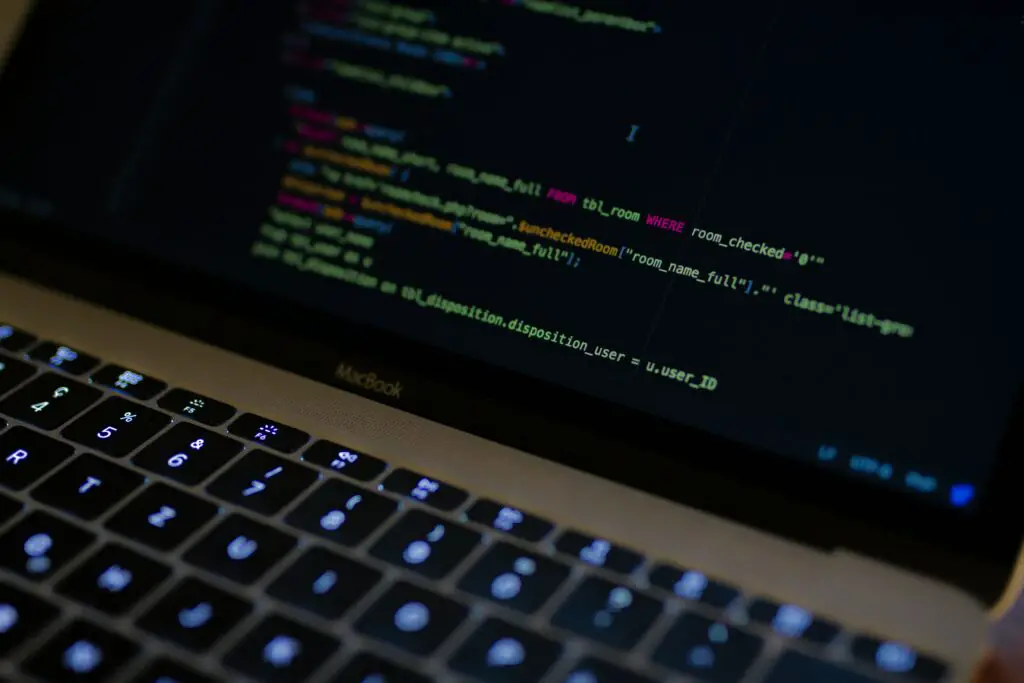Bootable Debian 10 USB Stick on Linux
Venturing into the realm of Linux distributions often starts with the fundamental step of creating a bootable USB stick. Debian 10, with its robustness and versatility, stands as a choice for many seeking a stable and secure operating system. Crafting a bootable USB stick with Debian 10 in the Linux environment is akin to fashioning a key that unlocks a world of possibilities. In this guide, we delve into the intricate process of fashioning this key—step by step, code by code, transforming a mere USB stick into a gateway to the Debian universe.

Understanding the Prerequisites
Before setting sail on this voyage, grasp the essential prerequisites that pave the way for the creation of a bootable Debian 10 USB stick. Begin by ensuring a stable internet connection, for it serves as the gateway to obtain the Debian ISO file. The ISO file, the cornerstone of this endeavor, embodies the Debian 10 essence in a compact form. Embrace the notion of having a USB stick with a capacity of at least 4GB, a humble vessel ready to embrace the Debian 10 image. Lastly, possess administrative privileges, akin to a captain steering the ship through the waves of code and commands.
Obtaining the Debian 10 ISO File
The journey commences with acquiring the Debian 10 ISO file, the blueprint encapsulating the entire operating system. Head over to the official Debian website, a digital harbor harboring the ISO files for various architectures. Select the appropriate Debian 10 image, choosing between the 32-bit or 64-bit version based on your system architecture. Once the choice is made, the download shall begin, and as the bits and bytes traverse through the digital expanse, patience becomes the beacon guiding this initial stage.
Preparing the USB Stick
Akin to an artisan preparing a canvas for an opus, the USB stick must undergo preparation before embracing Debian 10. Insert the USB stick into a port, a blank canvas yearning for purpose. Open the terminal, an abode for the wizardry of commands, and invoke the ‘lsblk’ command to identify the USB stick’s designation, often labeled as ‘/dev/sdX’, where ‘X’ represents a specific drive letter. Exercise caution, for selecting the wrong drive could lead to unintended consequences. Once identified, unleash the ‘dd’ command, the artisan’s brushstroke, to etch the Debian 10 ISO onto the USB stick, infusing it with life and purpose.
Creating the Bootable USB Stick
The climax nears as the culmination of efforts converges into the creation of the bootable Debian 10 USB stick. Executing the ‘dd’ command echoes across the terminal, akin to a maestro conducting a symphony of bits and bytes. Utilize the command structure, specifying the input file as the Debian 10 ISO and the output file as the USB stick’s designation. Patience becomes virtue as the command transmutes the inert USB stick into a vessel brimming with the Debian 10 essence. Upon completion, the USB stick emerges as a harbinger of possibilities, ready to breathe life into systems and embark on installations.
Verifying the Bootable USB Stick
Validation forms the cornerstone of craftsmanship. Before setting sail into the Debian seas, ensure the integrity of the bootable USB stick. Invoke the ‘dd’ command once more, this time appending the ‘status=progress’ parameter, providing a glimpse into the progress of data transfer. As the terminal unveils the transfer statistics, a reassurance echoes through each byte, affirming the successful creation of the bootable Debian 10 USB stick. Verify the process with diligence, for a validated USB stick promises a seamless initiation into the Debian domain.
